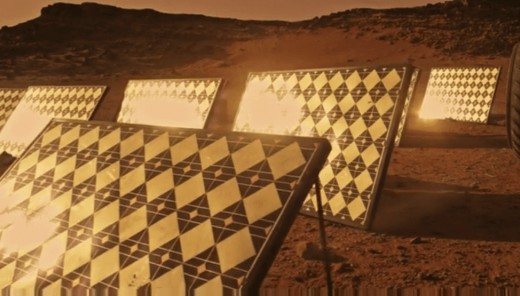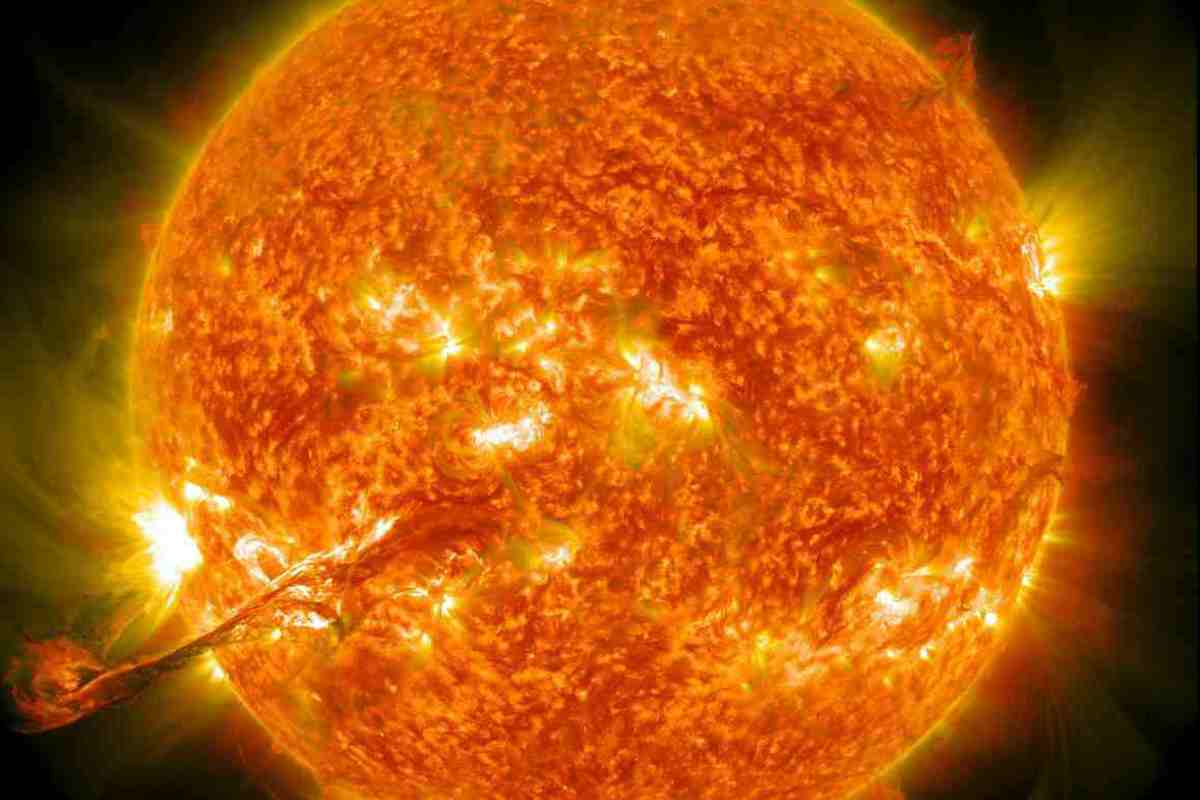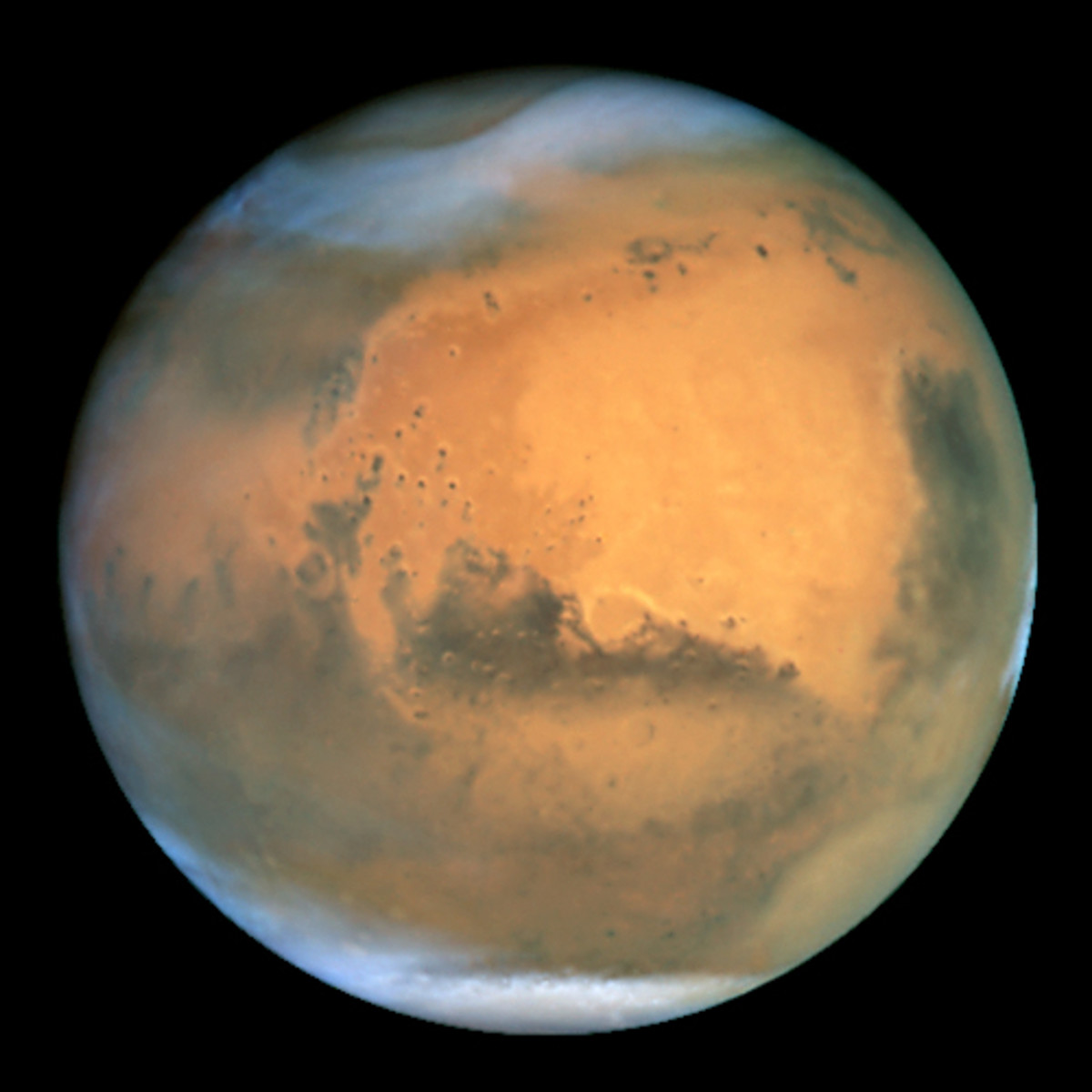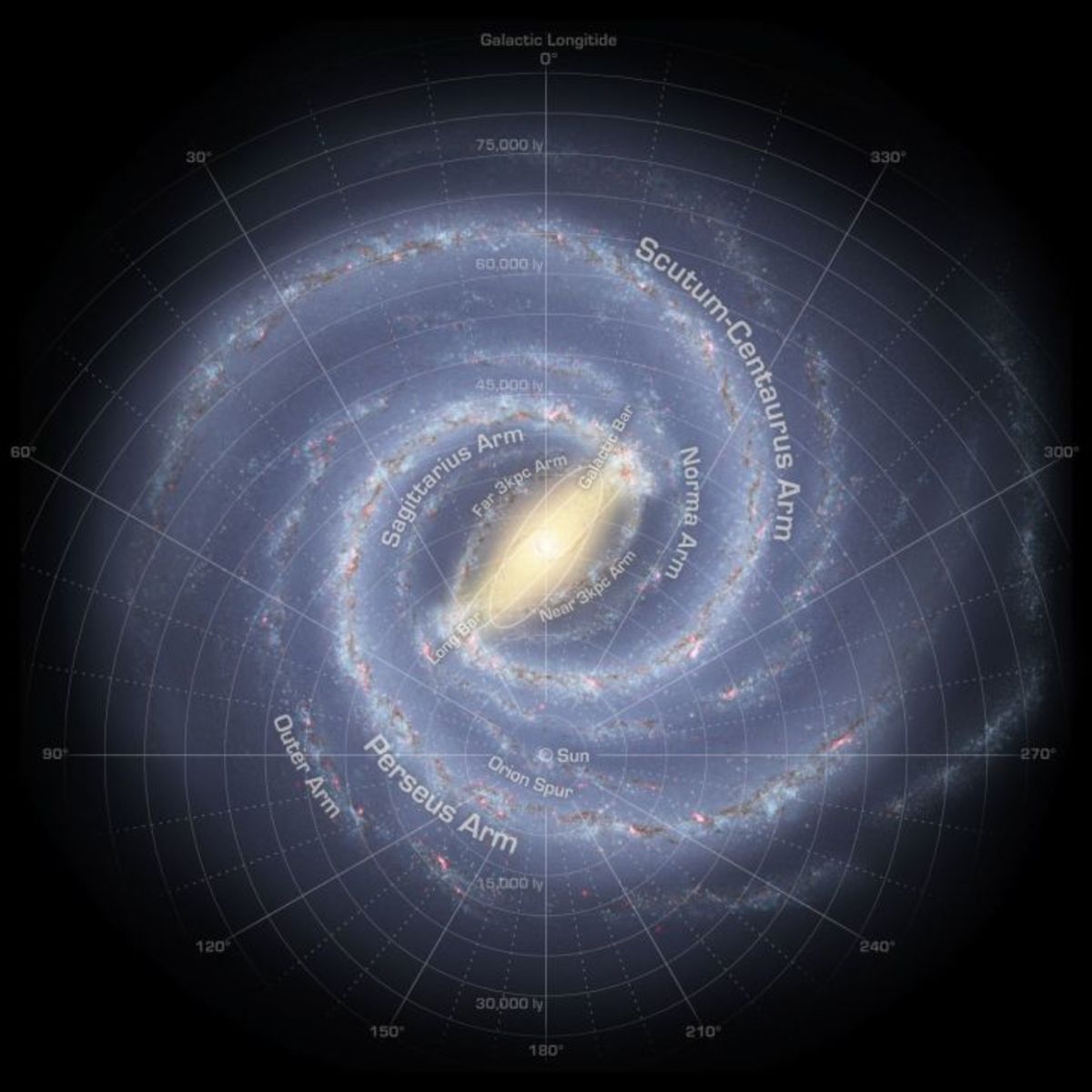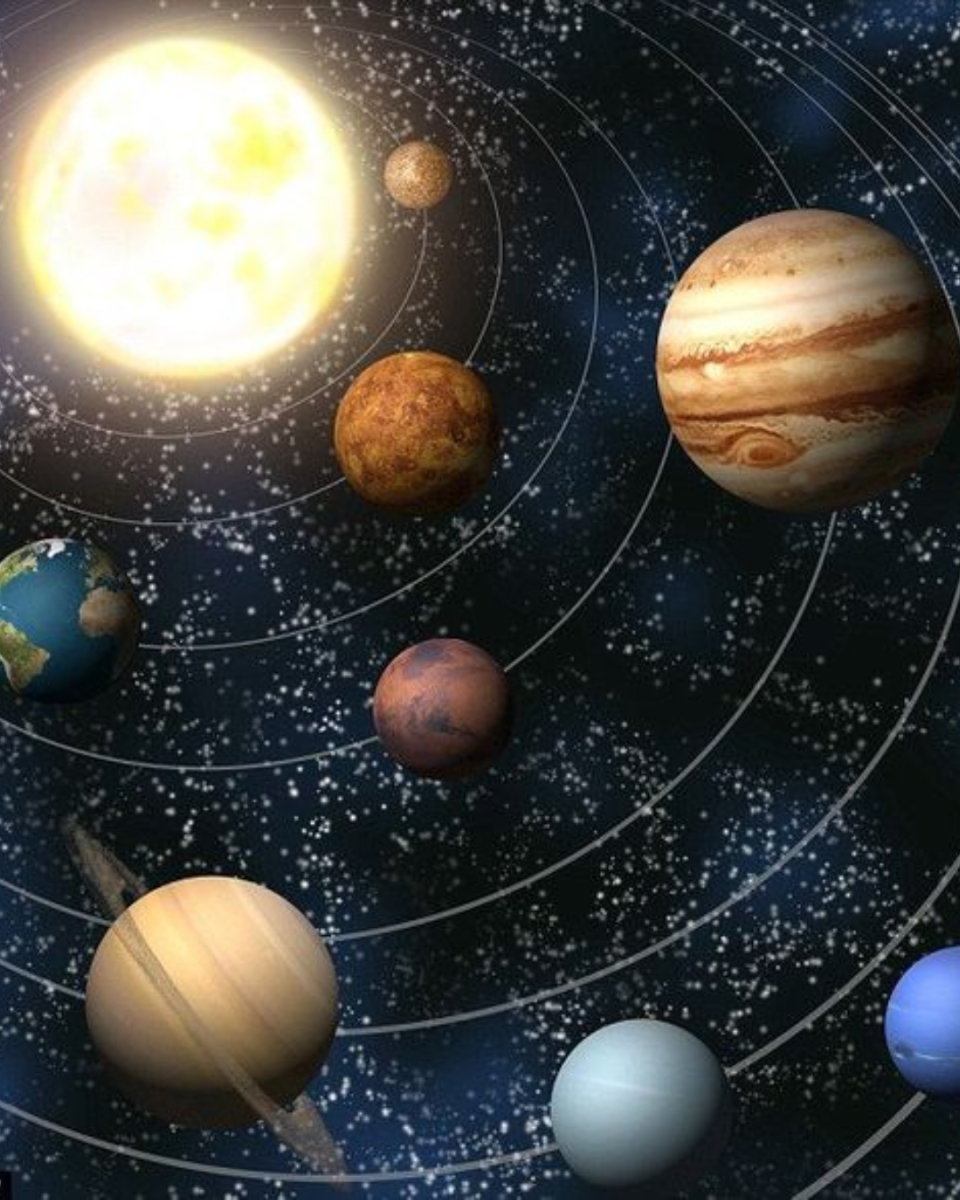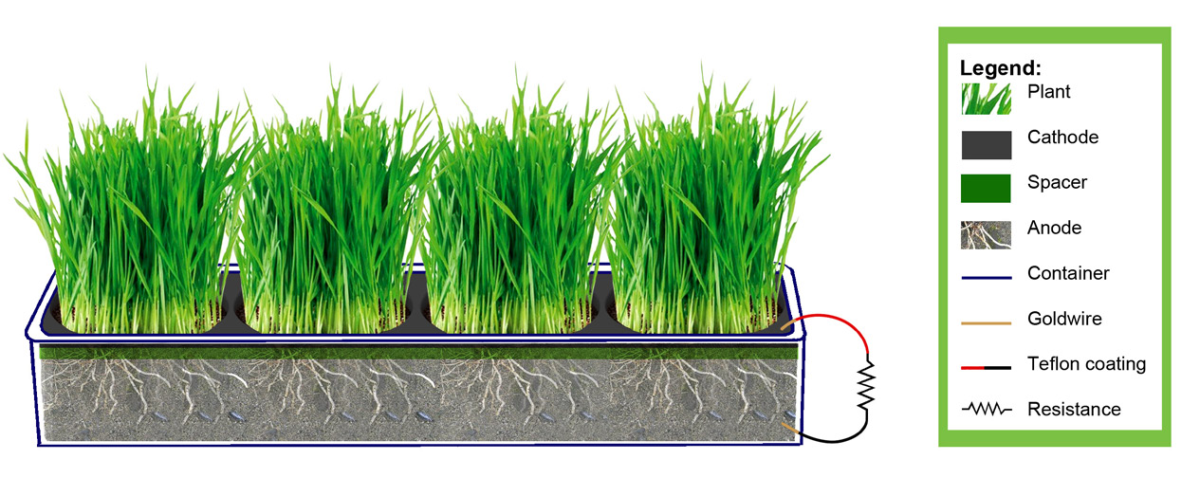Solar On Mars: A Reality?
A Bright Future On Mars
It seems as though every day that goes by brings us one step closer to colonization on a new planet, and these past few weeks have been no exception. Some of you may have heard of the recent discovery of "mushrooms" on Mars, which only turned out to be Martian spherules, or "blueberries"; bundles of hematite found scattered around the Martian surface. Although it is sad that these didn't turn out to be the mushrooms we thought they were, we've still made quite a lot of exciting progress towards Martian living. For example, NASA has recently created a small piloted helicopter that they plan to fly on Mars in July of 2020. Because flying on the Martian surface is the equivalent to flying tens of thousands of feet high on Earth, it's been no easy task reaching this point. Mastering flight on Mars will be a huge step towards effectively scouting the area, seeing the planet from different angles, and making new discoveries we weren't able to before.
Because Mars has been an abundant well of discussion as of late, it may be interesting to take a look at a different kind of technology on Mars: solar. It may be true that we're still developing solar energy on Earth, and some may say solar is even still in its infancy, but it's never too early to take a speculative look into energy production in other atmospheres.

The Idea
Because we started out on Earth, we had to slowly build our way up to where we are now. We've still got remnants of the past laying around everywhere, signs that we were once not as civilized or advanced as we are now. Whether that be something as simple as old TVs in our garbage dumps or as major as entire civilizations left without electricity, it's clear to anyone on the outside looking in that humanity started from nothing here on this beautiful blue planet. One of the biggest examples of this is the fact that we're still using nonrenewable resources, such as coal. We began using coal because it was all we had, there wasn't much of an other option. Now that we've discovered renewable sources such as wind and solar, it's difficult for us to make the change away from their nonrenewable counterparts, since we've grown so dependent on them over the years.
On Mars, though, we've got a chance to start out on top. From day one on the new planet, we've been able to bring whatever advanced technology we'd like to, and effectively gain a head start towards civilization. What this means is that we have the opportunity to use any energy source we'd like to, including things like solar and wind energy. This isn't exactly a new idea, and scientists have been playing around with the thought of using solar on Mars for a long time now.
You may already know that Mars rovers are equipped with thin solar panels, able to supply power to their rechargeable batteries and keep them running without constant human interference. This has worked fantastically, but part of the reason for this is that Mars rovers are constantly on the move, shaking off any dust that may land on the solar units feeding them energy. For a dry place like Mars, dust is a huge problem, and it's where we run into our first issue for solar.
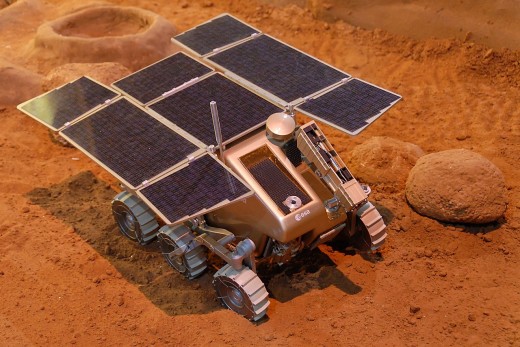
Dusting Off The Problems
Dust storms are a frequent issue for Mars, with occasional storms happening planet-wide, or for multiple years at a time. This would only be a minor problem for humans, or even for mobile solar devices, but once all that dust settles, anything stationary will be absolutely covered; caked with a thick layer of red dust. Even in the midst of a storm, all of the dust in the air will block sunlight and harm the potential energy production of solar panels. In this situation, Martian dust can be compared to snow on Earth. After a storm, solar panels are covered in snow. In order for the panel to continue producing energy, the snow would need to be removed by human intervention or melt. The same applies for the dust on Mars, it would completely halt solar production unless the panels were cleared of dust, or the dust was blown off by a strong wind.
Unfortunately, dust isn't the only roadblock solar energy will have to face in a Martian environment. The name for how much electromagnetic radiation is received from the sun on a given surface is called "solar irradiance." Put simply, this is how much sun reaches an area. On Mars, the solar irradiance reaches just over half that of the Earth, about 59% to be exact. This means that a solar panel placed on Mars, on average, will only produce around 59% as much as a panel on Earth.
A solar irradiance of barely half that of Earth's and frequent dust storms combined seem to spell the end for solar on Mars, but the experts think they can make it work nonetheless. In fact, solar remains an essential part of their speculative plan.
Making Things Work
The professionals have not overlooked the effectiveness of solar in the short-term, and believe that if solar is utilized between dust storms, it can prove to be an extremely valuable asset to the early colonization of the planet. Although they believe nuclear energy is the way to go for large-scale power production on Mars, nearly every expert is gunning for solar energy to be the founding source of power for Martian society. Until they're willing and able to begin setting up sources of nuclear energy on Mars, they believe solar is cheap, efficient, light, and easy enough to function as a perfect transportable, renewable energy source for establishing the beginnings of a society on a new planet.
Regardless of your opinions on nuclear energy, it's still great to know that coal and oil are in the rear view mirror for humans and their advances into space living. The ability to start with a renewable, green energy source like solar is one that we only have available to us because of years of technological advancement and great minds creating incredible things. Nearly everyone is excited to see how life on a new planet will begin, and as solar grows here on Earth, we may just find new ways to integrate it into our interplanetary growth, as well.
